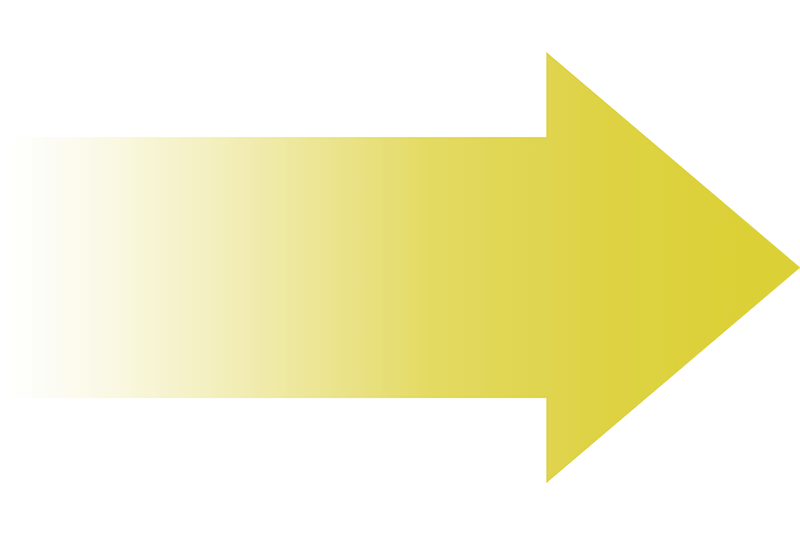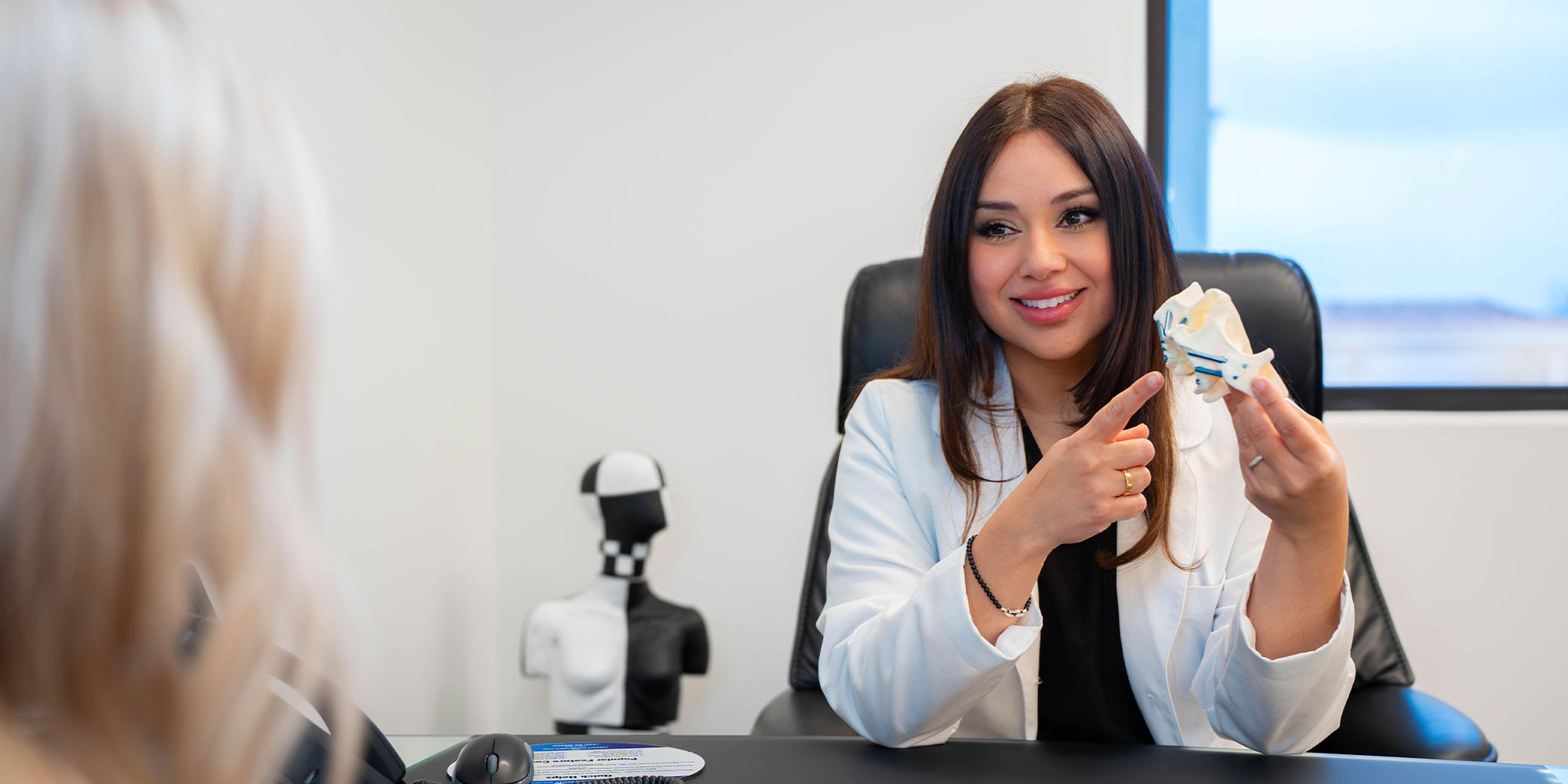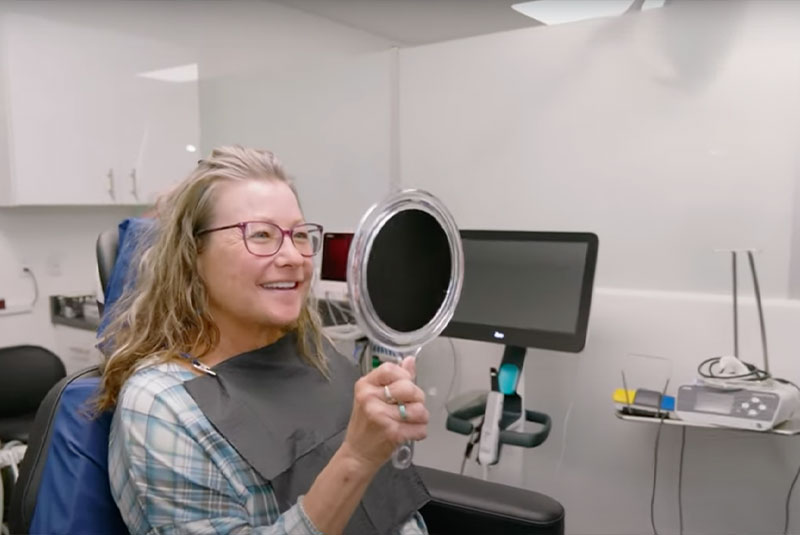The Troublesome Effects of Jawbone Deterioration
Dealing with a jawbone that is deteriorating can be extremely painful and can lead to many oral health issues that won’t go away on their own. Those with a deteriorating jawbone can face various symptoms, such as tooth shifting, gum recession, or pain when chewing or speaking. If you are experiencing any of these symptoms, you must see a dentist immediately to ensure you are diagnosed and treated properly.
Pterygoid dental implants are an excellent option for those dealing with the daunting side effects of jawbone deterioration. These types of dental implants are utilized for full mouth rehabilitation in those with insufficient bone volume in the upper jaw. Pterygoid implants offer an effective solution if you’re not a candidate for traditional dental implants due to a lack of bone mass.
What Are Pterygoid Implants?
Pterygoid implants are dental implants placed in the pterygoid plate, part of the sphenoid bone at the back of the upper jaw. These dental implants are longer than traditional implants, providing stability and allowing them to be supported from the dense pterygomaxillary region. Pterygoid dental implants allow you to bypass bone grafting and sinus lift surgeries and offer a secure and steady base for prosthetic teeth by being firmly anchored in the pterygoid plates, resulting in excellent functionality and aesthetic appeal.
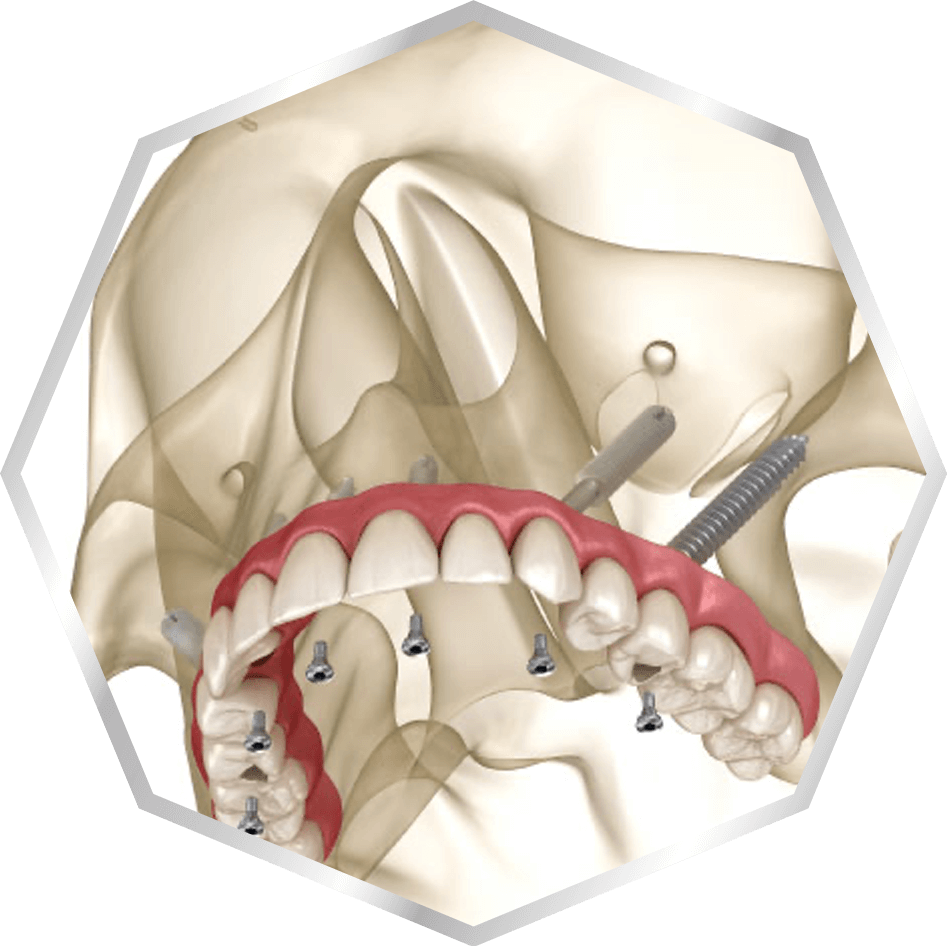
Who Needs Pterygoid Implants?
- Individuals with severe bone loss in the upper jaw, particularly in the posterior region, may benefit from pterygoid implants.
- Patients deemed unsuitable candidates for traditional dental implants may be eligible for pterygoid implants due to insufficient bone volume.
- Those seeking a fixed, stable solution for full arch dental restorations in the upper jaw, especially when bone grafting is not an option, could consider pterygoid implants.
- Individuals experiencing challenges with traditional dentures, such as discomfort or instability, may find pterygoid implants a suitable alternative.
- Patients with specific anatomical considerations, such as a high sinus floor or significant bone resorption, may be candidates for pterygoid implants to support full arch dental prostheses effectively.
The Pterygoid Implant Process
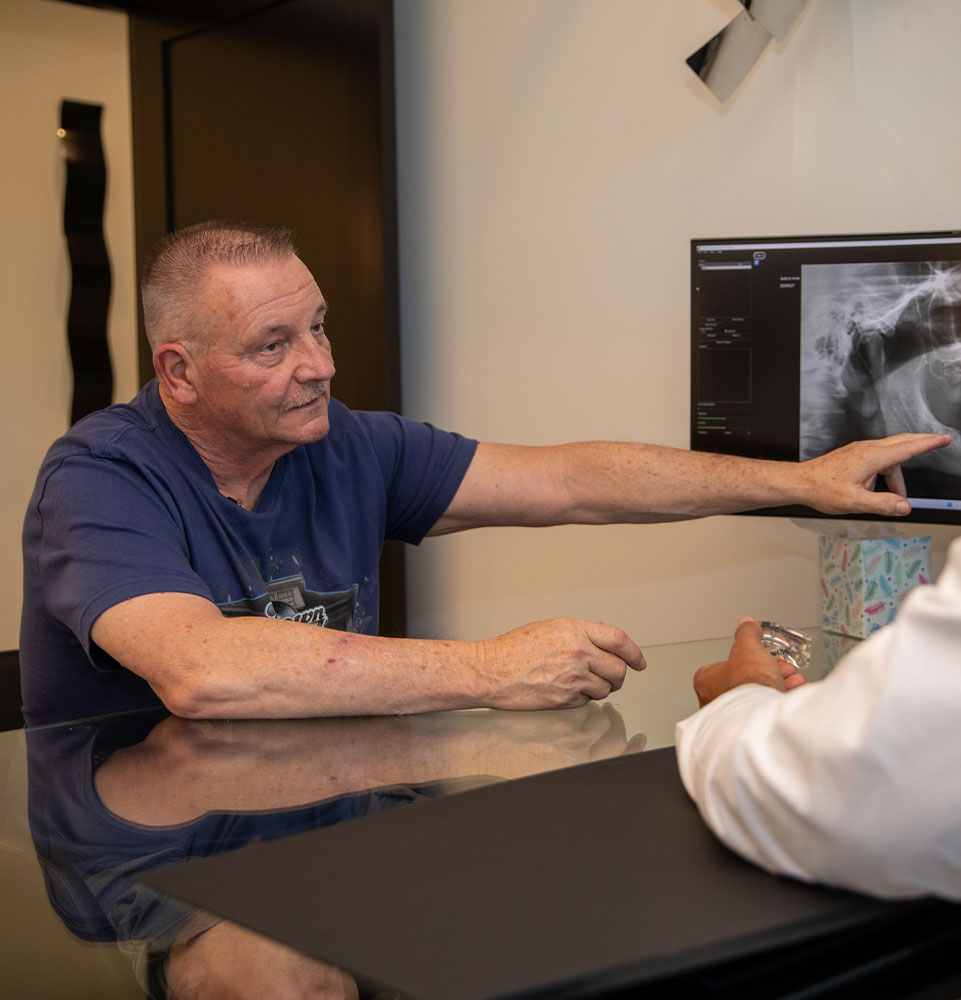
Consultation
Our team will conduct a comprehensive evaluation to determine the best course of treatment. We work closely with you to develop a customized treatment plan that meets your unique goals and needs during this time. The initial phase of the consultation typically involves an assessment of your medical and dental records, followed by a comprehensive examination of your oral health. This evaluation may encompass using X-rays or 3D imaging to evaluate your bone structure and ascertain the suitability of Pterygoid Dental Implants for your specific needs.
Procedure
During the pterygoid implant procedure, we will place two anterior straight implants and two posterior implants in the pterygoid plate at the back of the upper jaw. These implants are placed at an angle, leveraging the available bone structure that you may have. These implants are anchored in the pterygoid plates, providing a firm and stable foundation for prosthetic teeth. During this procedure, we are happy to offer a variety of sedation options to help ease any discomfort or anxiety.
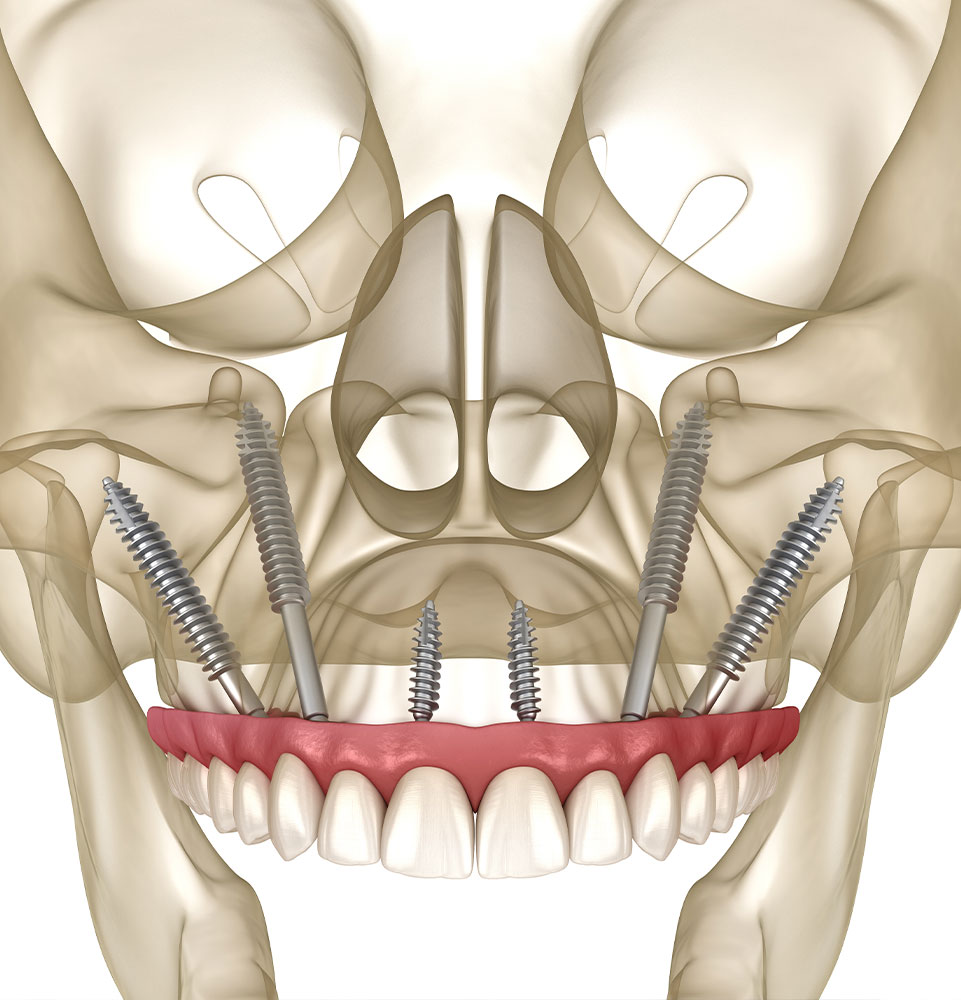
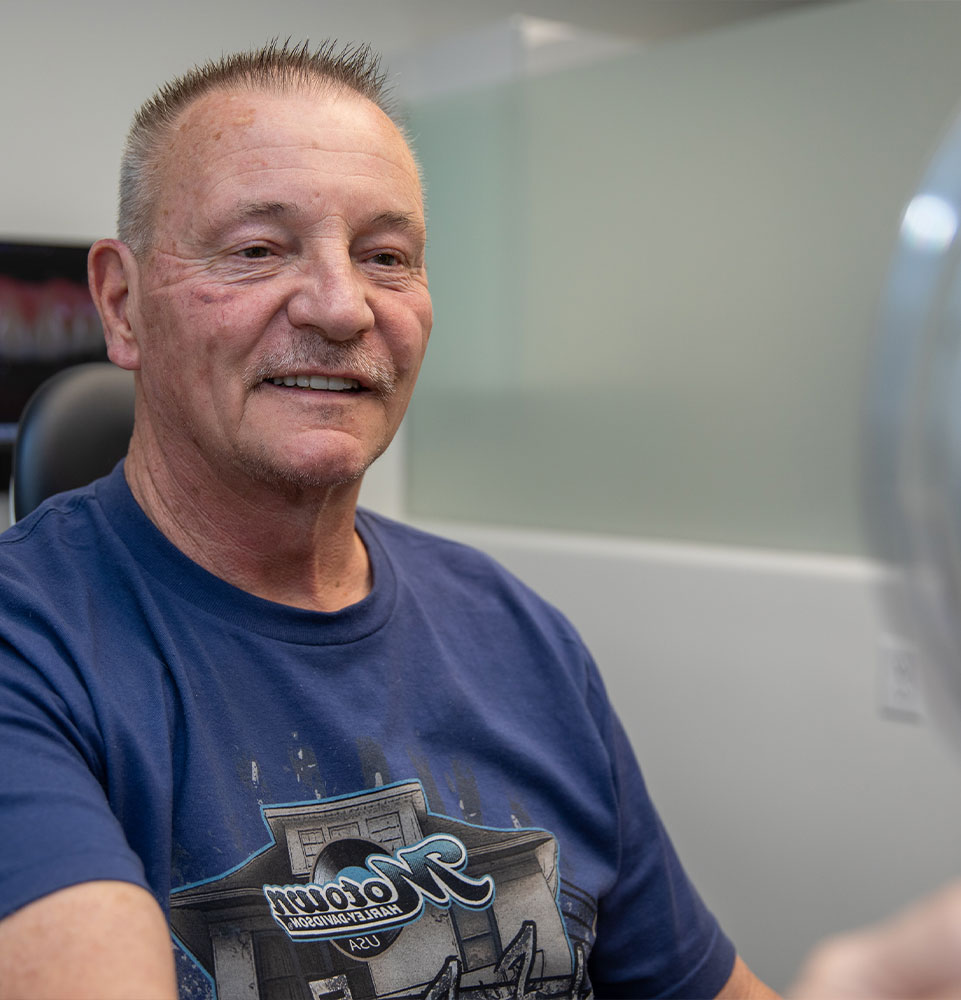
Healing and Final Restorations
Once your implants are placed, you can utilize them immediately after surgery. Over the next 4-6 months, your implants will integrate with your bone to form a sturdy foundation. During this healing period, we will handcraft your final restoration to adhere to your skin tone, facial symmetry, and lip and gum line. Once your gums have healed and your implants have integrated with your jawbone, we will place your final restoration. With proper care and routine checkups, your pterygoid implants can last decades.
Schedule An Appointment
I understand the information disclosed in this form may be subject to re-disclosure and may no longer be protected by HIPAA privacy regulations and the HITECH Act.
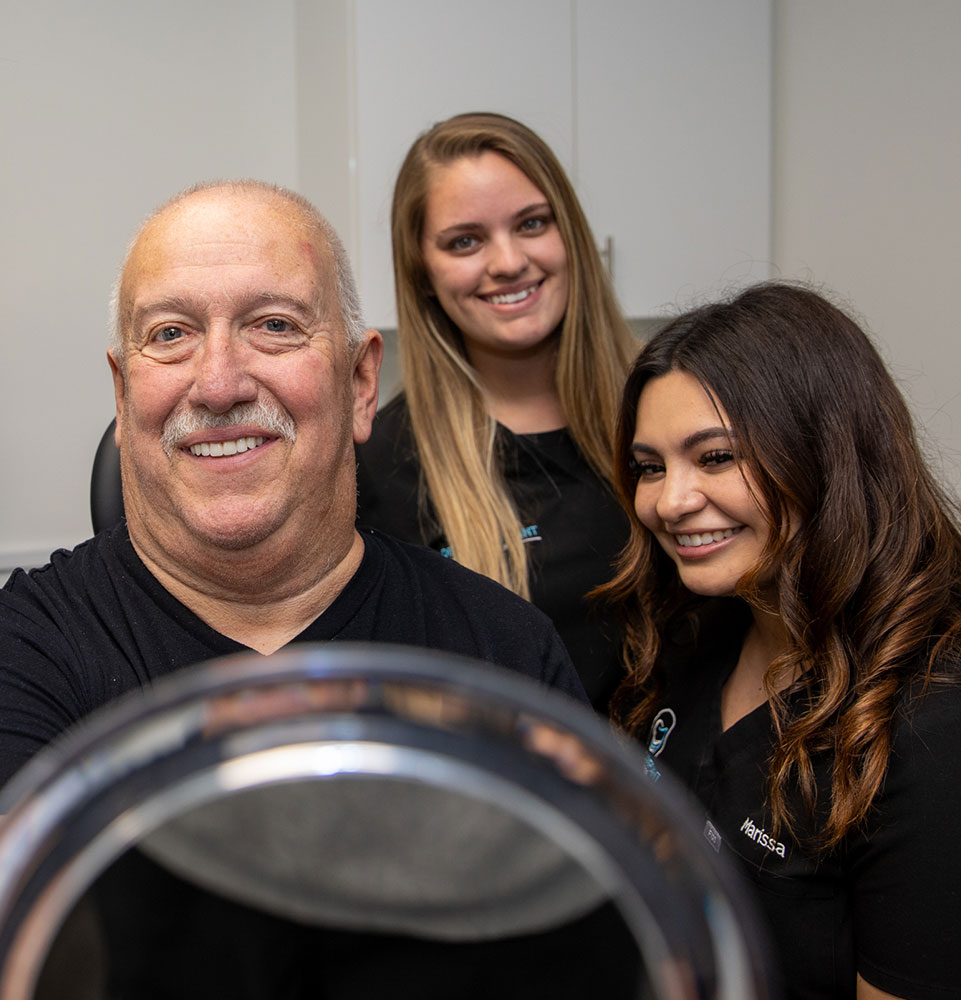
Our Patients tell the story best
Find out if you're a
candidate for dental implants
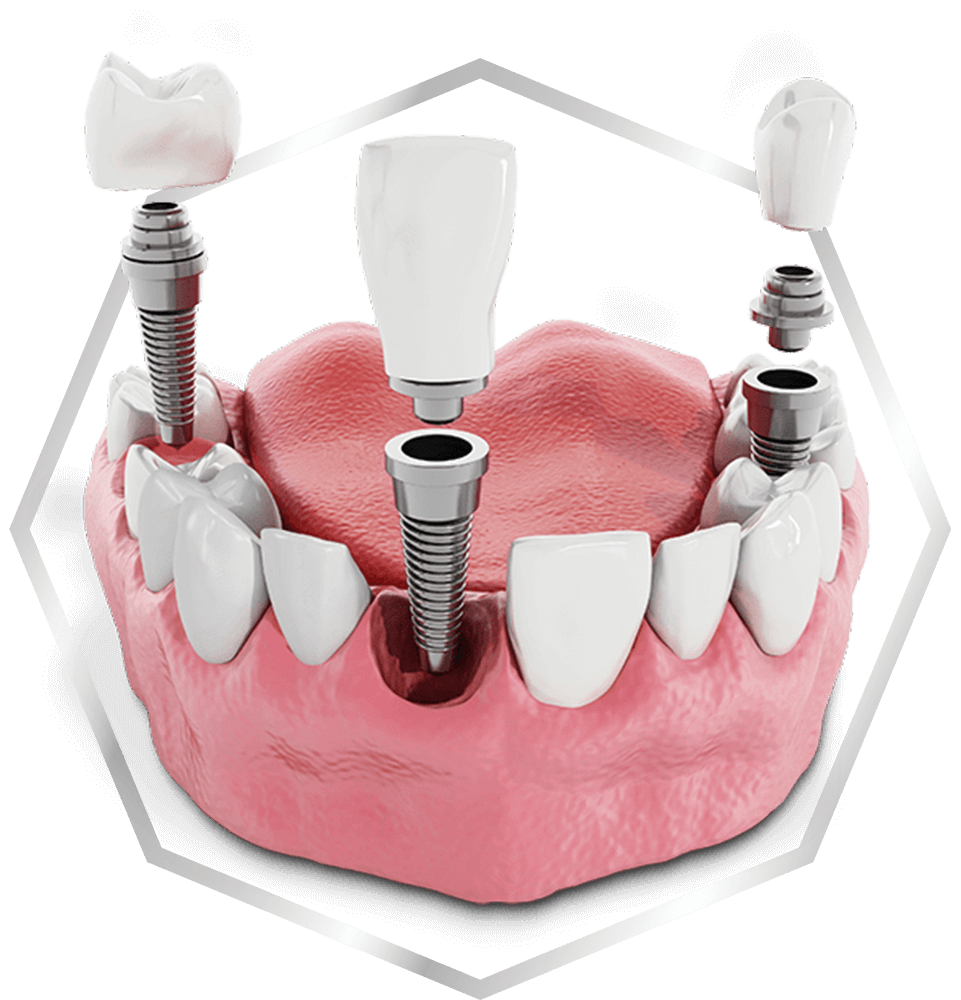
Answer the Following Questions To Learn more about our pricing and financing options.
